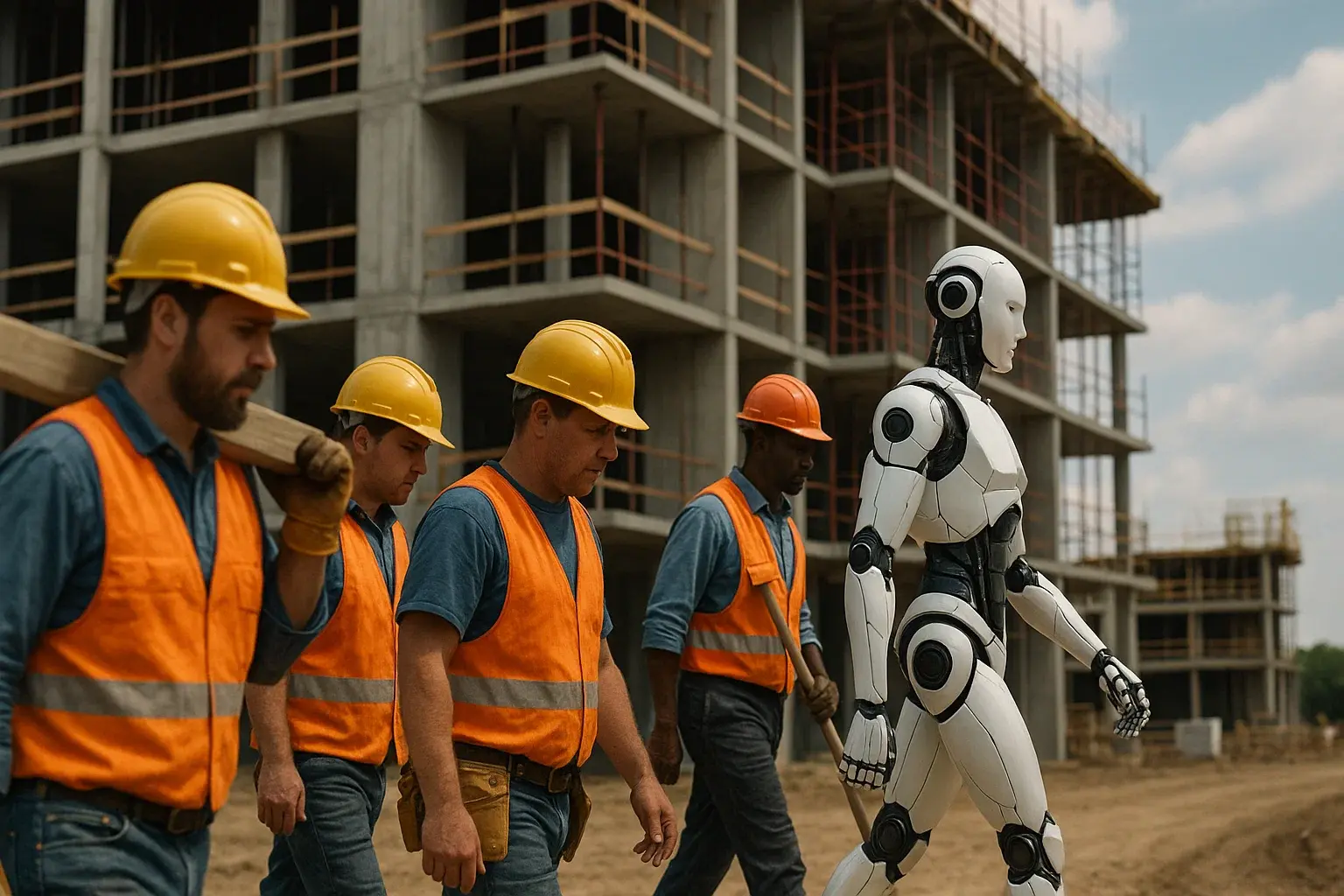In the latest AI & AEC Workflows Mastermind, we explored how artificial intelligence is beginning to optimize the work of architects, engineers, and builders. The session brought together diverse perspectives to discuss what’s already working, where AI still falls short, and what the future may hold.
Even in an industry often described as slow to adopt innovation, real change is underway. AI is stepping into repetitive or peripheral tasks, freeing professionals to focus on areas that demand technical judgment and creativity.
What Already Works
AI is proving its value in tasks where speed, repetition, and structure matter:
-
Proposals and reports: Tools can cut writing and formatting time in half, organizing narratives and applying proven frameworks.
-
Technical calculations: Energy estimates, code checks, or even catchment (drainage) calculations — the latter raised as an example in our session — can be automated, allowing engineers to focus on validation.
-
Design option generation: Platforms like Autodesk Generative Design or Snaptrude create fast alternatives for early layouts and site planning.
-
Visualizations: AI-generated renders (using tools like Prome AI or Open Art) let clients preview designs long before a full 3D model is built.
-
Meetings and notes: AI assistants already transcribe, summarize, and highlight action items reliably — even during live, in-person discussions.
Where AI Still Struggles
Despite progress, the technology falters in areas where context, coordination, and liability are critical:
-
Construction documents: AI can edit PDFs or images but cannot yet produce legally responsible drawing sets.
-
High-stakes projects: Structural systems, MEP coordination, and regulatory compliance still require human judgment far beyond pattern recognition.
-
Meeting transcriptions in noisy environments: Job sites and large group discussions remain challenging for voice recognition.
-
Complex workflows: Diagramming tools handle simple logic but collapse under dozens of interdependencies.
What’s Next
Several shifts are already on the horizon:
-
From CAD to data-rich workflows: Point clouds, drones, and LiDAR (Light Detection and Ranging) scans are becoming direct inputs for AI, reducing rework and increasing precision in surveying and digital modeling.
-
From drawing to guiding: Junior staff may shift from drafting lines to defining requirements and parameters for AI tools.
-
Future of design work: Designing will become more reflective and less operational — while machines generate outputs from human inputs.
-
Critical analysis and instant insights: AI can review project documentation and flag issues. For instance, if a roof shows low energy efficiency, the tool can recommend design adjustments before costs escalate.
-
From corporate dominance to open solutions: Big players like Autodesk will remain, but open-source and niche AI solutions are gaining ground, giving smaller firms the chance to compete.
Reflection: How Far Will We Trust AI?
The rise of AI in AEC is not about replacement but about redistribution. Machines take on repetition; people remain accountable for context, judgment, and creativity.
The questions ahead are not technical but cultural:
-
Would you trust AI to size the beams in a structural project?
-
Would you sign off on a drawing set generated mostly by an algorithm?
-
Would you let AI negotiate trade-offs between cost, safety, and sustainability?
The future of our industry depends not only on what AI can do, but on how professionals choose to reshape their workflows to integrate it — pursuing greater efficiency, resilience, and quality.

%20(4).png)
.png)

